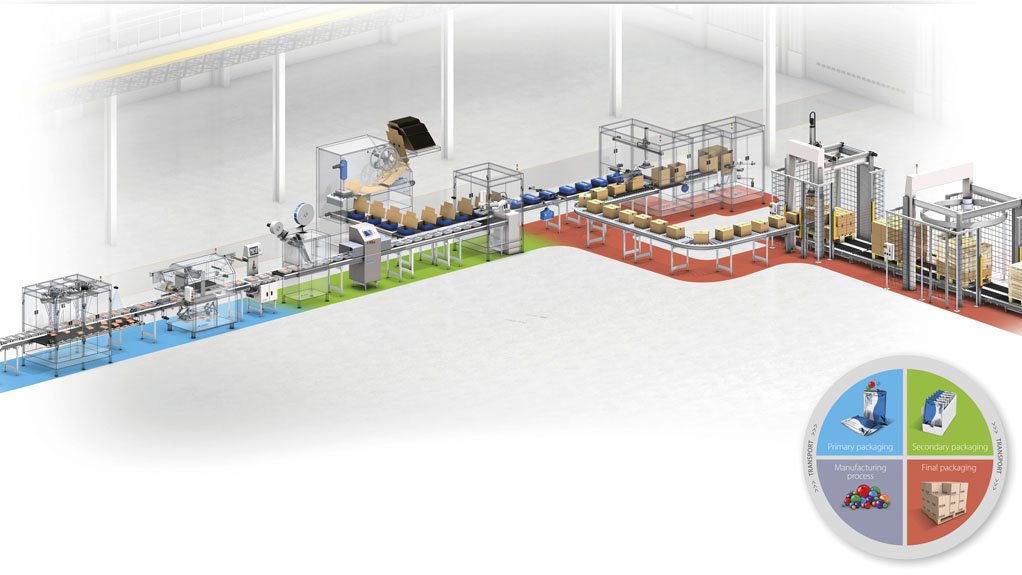With there being a need for the correct packaging of foods that contain allergens, electronics company Omron says its Delta robot series provides an accurate means of high-speed, pick-and-place solutions to these type of applications, drastically reducing packaging errors.
Section 2 of the Foodstuffs, Cosmetics and Disinfectants Act, No 54 of 1972 states that it is a criminal offence to sell or distribute foodstuffs that contain substances unfit for human consumption or that contain foreign objects in the packaging.
“In most typical applications, products are presented to the Delta robots on a fast-moving conveyer belt where they need to perform the pick and place operation while the conveyor is in motion, and therefore need to keep up with most production lines. The Delta robots are designed with three servo axes for no-rotation-type robots or a fourth axis is added to provide rotation, the rotational axis is used for rotating the product when correct product orientation is required. The robots can be used for sorting, packaging or, in some cases, to inspect product quality,” says field engineer Evert Janse van Vuuren.
He explains that the Delta robots can complete these tasks using its vision system, which functions as the eyes of the robot.
It identifies certain objects, interprets what it “sees” and sends the data to an internal control system, which controls the robot.
Van Vuuren mentions that the vision systems are programmed to identify and inspect respective products.
In some applications, the inspections are based on complex calculations or algorithms.
For specialised inspections, there are special types of algorithms to perform different inspections, ultimately enabling the vision system to perform complex inspections in particular applications.
For example, Omron uses an algorithm specifically developed in-house that enables the vision system to take a picture of a bottle with four cameras from different angles.
The four images are then processed to flatten out the image for better inspection; this enables manufacturers to inspect the whole bottle or any other similar shaped product for defects or specifications, he explains.
Van Vuuren notes that developing an algorithm is an ongoing process because after an algorithm is developed, and it is tested in a certain application, sometimes modifications are done to improve the algorithm or if problems are encountered, the algorithm can also be modified.
Further, he points out that the processing time is important in vision systems. If manufacturers need to process up to 4 000 images in a minute, the camera’s central processing unit (CPU) system for the vision system must have an exceptionally fast processor.
The algorithm must be processed in the CPU at fast speed.
“The reality is that people in assembly lines can make mistakes all the time and it can have dangerous consequences. Robots greatly reduce occurrences of mistakes, hence, the use of robots with vision systems almost entirely eliminates errors,” Van Vuuren concludes.
Edited by: Zandile Mavuso
Creamer Media Senior Deputy Editor: Features
EMAIL THIS ARTICLE SAVE THIS ARTICLE
ARTICLE ENQUIRY
To subscribe email subscriptions@creamermedia.co.za or click here
To advertise email advertising@creamermedia.co.za or click here















